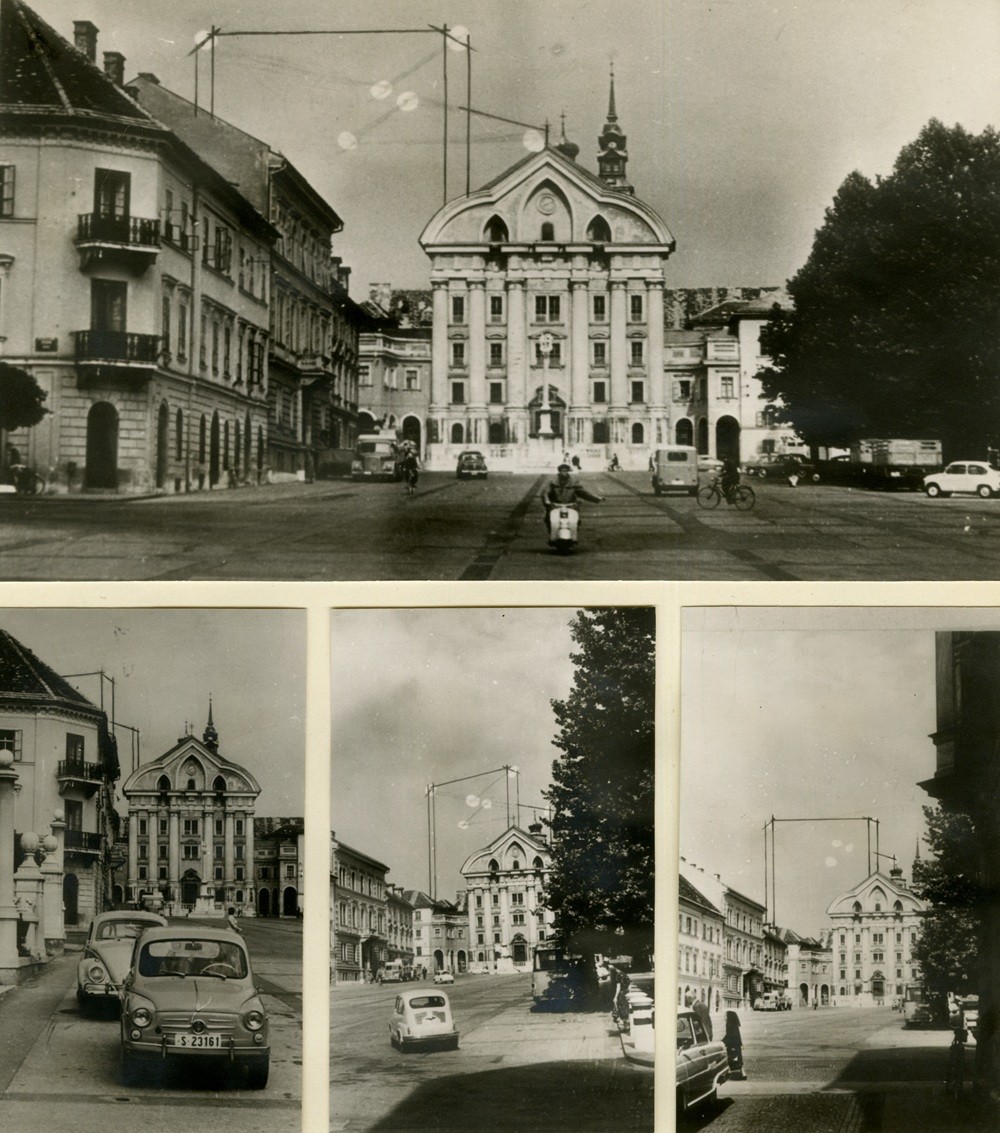Our Beautiful Century
The Ursuline Church of the Holy Trinity on Congress Square in Ljubljana (Carlo Martinuzzi, 1718–1726), has long been regarded as one of the finest – and most unusual – examples of Baroque architecture in Slovenia. Come the 20th century, it underwent an unexpected reinterpretation when the two leading Slovenian architects of the time, Jože Plečnik (1872–1957) and Edvard Ravnikar (1907–1993), adopted it as a cornerstone of their larger architectural vision. Both were in their own way committed to the discipline of the classical; and both perceived the Ursuline Church as a monument to a distinctive architectural culture that emerged out of the intersection of classical tradition and the authentic character of the local environment. Thanks to its exceptional quality, Baroque Ljubljana became, either explicitly or implicitly, a point of reference for other architects working in the city. While Baroque architecture was still largely viewed across Europe in the 20th century as a departure from ancient discipline and Renaissance tradition, Plečnik viewed the Baroque Ursuline Church as a compelling and original reinterpretation of classical principles. For him, it was a precursor to his own understanding of how an architect could be firmly rooted in tradition while embracing modernity. Plečnik’s students, inspired by their mentor’s reverence for the church and monastery, developed a deep appreciation for Ljubljana’s Baroque heritage.
The exhibition draws on two selected texts by Plečnik and Ravnikar, supplemented with a variety of materials related to the interpretation and interventions concerning the Ursuline Church and Monastery. On display will be sketches, plans, and photographs of projects including Anton Bitenc’s alterations and Edvard Ravnikar’s design for Revolution Square (now Republic Square), which, while not directly addressing the church and monastery, incorporates them into the planning process in various ways. With the construction of the square in the 1960s and 1970s, the Ursuline Church gradually became part of modern Ljubljana’s city centre, transforming into a unique Baroque monument that increasingly served as a cornerstone of the distinctive modernism associated with the Ljubljana School. Tradition ceased to be a matter of history but rather of creative and at times subversive reinterpretation with a forward-looking perspective. Consequently, Ljubljana’s architects came to regard the Ursuline Church as a precursor of Slovenian modernism, itself viewed as the successor to the authentic Baroque Gesamtkunstwerk.
